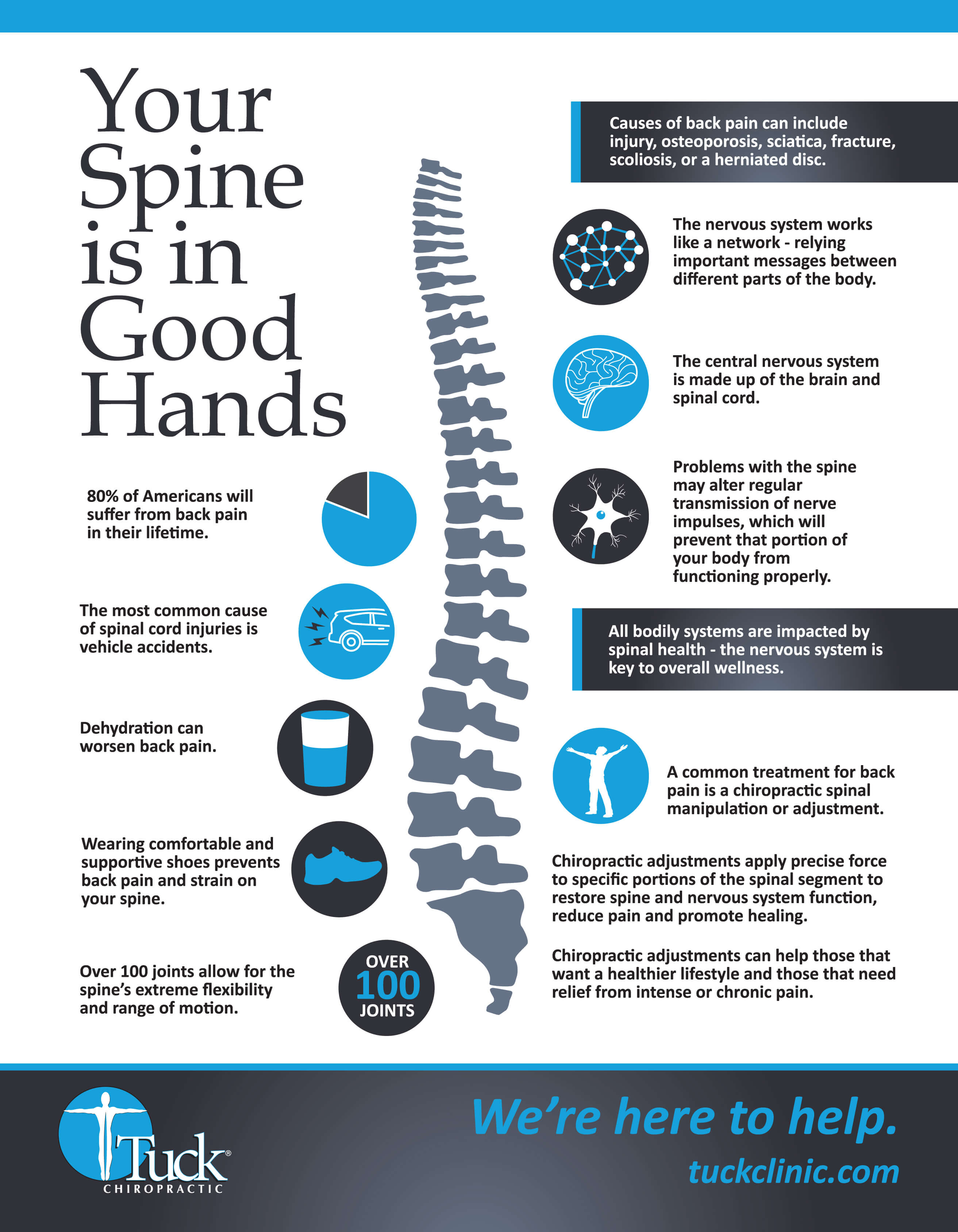Just When You Believe Relief Is Near, Soft Tissue Therapy Discloses Its Awkward Truths-- Uncover Why The Process Can Be Painful Yet Useful
Just When You Believe Relief Is Near, Soft Tissue Therapy Discloses Its Awkward Truths-- Uncover Why The Process Can Be Painful Yet Useful
Blog Article
Content Author-May Lundgaard
When you undertake soft Tissue treatment, you could find it surprisingly uneasy. This discomfort occurs as stress is put on strained muscular tissues and damaged tissues, triggering your pain receptors. While it can really feel distressing in the minute, there's a reason behind this feeling. Comprehending what occurs in your body during these therapies can aid you appreciate the process. So, just what is taking place beneath the surface area?
The Physiology of Discomfort During Soft Tissue Treatment
When you undertake soft Tissue therapy, your body's response to discomfort is a complicated interplay of physiological processes. As the specialist uses pressure, your body activates pain receptors, sending out signals to your brain. This triggers the release of neurotransmitters, such as compound P and glutamate, which magnify the experience of discomfort.
Your muscles may also tighten in feedback, further complicating the experience. Additionally, your body may launch endorphins, all-natural pain relievers that can assist relieve some pain.
The interaction between these processes can create a special experience for every individual. Recognizing this physiological reaction assists you navigate the feelings throughout therapy, enabling you to value the balance in between discomfort and the possibility for healing benefits.
The Function of Pain in the Healing Process
Although discomfort during soft Tissue therapy can feel frustrating, it plays a critical function in the healing process. When you experience discomfort, your body is indicating that it's working to repair damaged cells. This action assists boost blood circulation to the afflicted area, supplying essential nutrients and oxygen required for recovery.
In addition, discomfort can advertise the launch of endorphins, your body's natural painkillers, creating a sense of alleviation post-treatment. Accepting this pain can assist you understand your body's limitations and urge you to address underlying concerns.
While it's uneasy now, this procedure is important for lasting healing and boosted function. Identifying https://www.openaccessgovernment.org/idd-therapy-back-pain-and-sciatica/77448/ as an essential part of healing can encourage you to remain devoted to your treatment.
Tips for Taking Care Of Discomfort Throughout and After Treatment
Handling pain during and after soft Tissue therapy can dramatically improve your general experience and recovery.
To start, communicate honestly with your therapist about your pain degrees; they can adjust strategies appropriately. Utilizing deep breathing strategies can additionally help you unwind and relieve pain.
Think about using ice to the cured area post-session to minimize inflammation and numb pain. Remaining hydrated aids in the recuperation process, so consume lots of water.
Mild extending and light activity after therapy can promote blood flow and convenience rigidity. Finally, ensure https://traviskculd.blogdun.com/33703729/sports-massage-techniques-explained-exactly-how-they-can-transform-your-training get sufficient rest to permit your body to recover.
Executing these ideas can make your soft Tissue therapy much more manageable and delightful.
Conclusion
In conclusion, while soft Tissue therapy can be awkward, it's vital to identify that this discomfort plays an important role in your recovery journey. By understanding the physical responses at play, you can approach the therapy with a much more favorable way of thinking. Keep in mind, the initial pain frequently gives way to alleviation as your body releases endorphins. Embrace the procedure, and do not be reluctant to make use of the tips for handling discomfort to improve your experience and healing.
